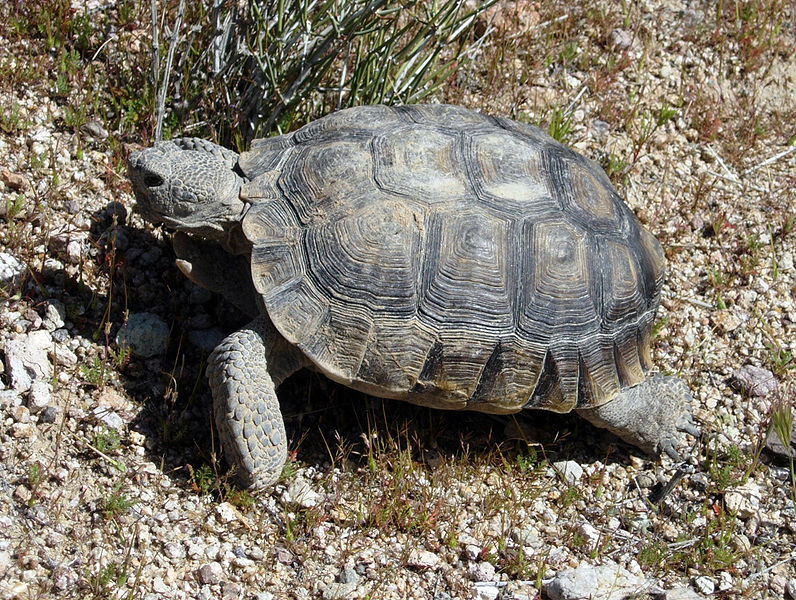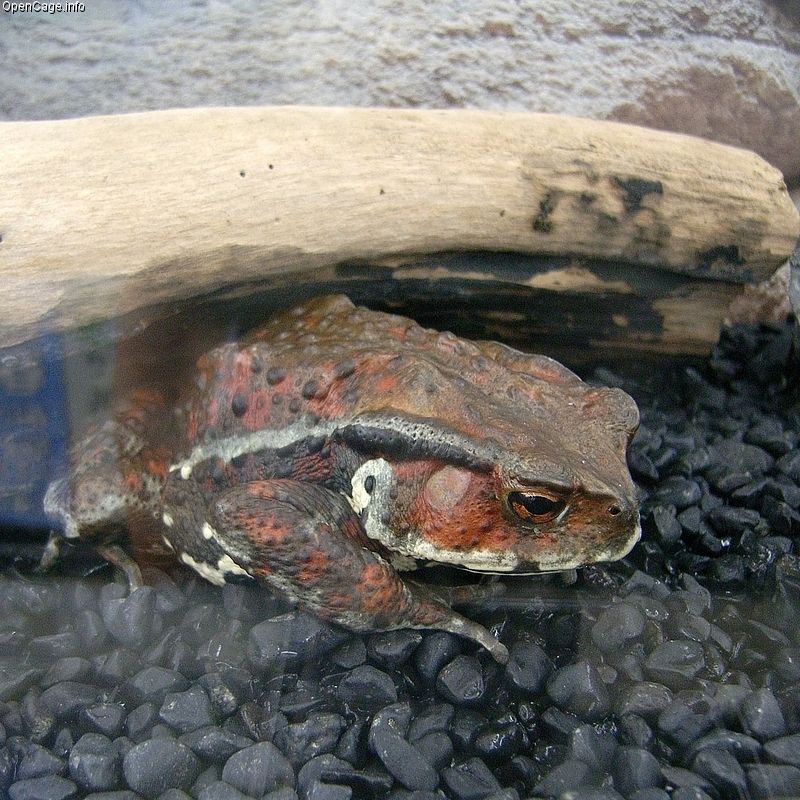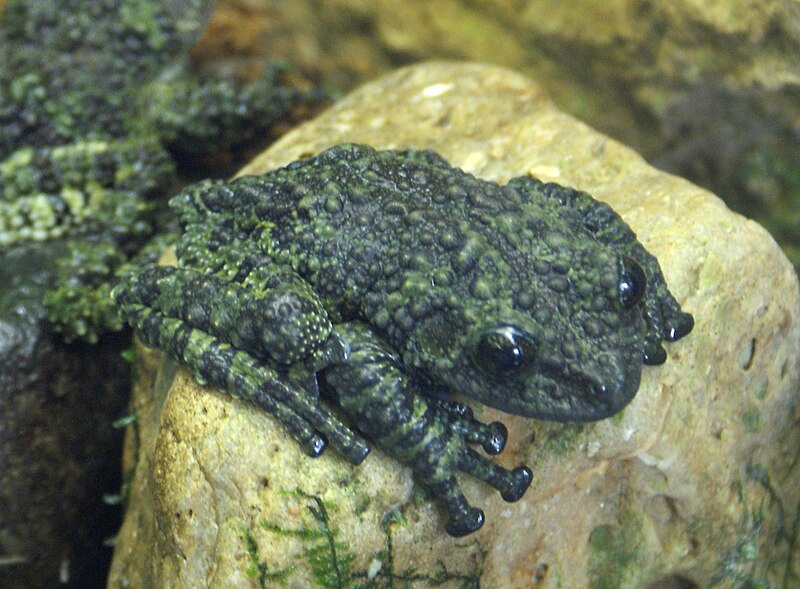 While pet-keeping suffices for many herp enthusiasts, some with particularly deep interests can only be happy when working with reptiles and amphibians full time. My own path to career in herpetology, while twisted (even “tortuous” at times!), was well worth the struggle…as you can see by the attached photos, I’m very fortunate (please also see this article). In Part 1 I highlighted several important steps one can take to lay the foundation for a career in herpetology. Following are some further thoughts. Read More »
While pet-keeping suffices for many herp enthusiasts, some with particularly deep interests can only be happy when working with reptiles and amphibians full time. My own path to career in herpetology, while twisted (even “tortuous” at times!), was well worth the struggle…as you can see by the attached photos, I’m very fortunate (please also see this article). In Part 1 I highlighted several important steps one can take to lay the foundation for a career in herpetology. Following are some further thoughts. Read More »
Huge African Spurred Tortoise Found Living in Arizona Desert – Part 2

Disease Transmission
Disease introduction is a particularly serious concern when an animal is introduced into the range of a relative, as is the case with African Spurred Tortoises in Arizona.
Native Desert Tortoise, Gopherus agassizii, populations, already fragile, could be decimated by a disease or parasite that may be carried by, but is relatively harmless to, Spurred Tortoises. This was a common occurrence in zoos when related animals from different parts of the globe were exhibited together, and the chief reason why I advise pet-keepers against the practice. Read More »
Japan’s Earthquake and Tsunami – Zoo and Aquarium Concerns
 Through several odd twists of fate – for one born in the Bronx, NY and without the means to travel as a child – I’ve found myself with numerous lifelong connections and friends in Japan. I’ve also had the good fortune of spending considerable time with the staff at several institutions there, including the Ueno Zoo, Tama Zoo, Enoshima Aquarium and Osaka Kaiyukan Aquarium. I spent the first days and nights of this month’s disaster checking on friends and colleagues via phone and internet, and have had good and bad news….I don’t have the right words to explain further, and doubt I ever will. I’m now gathering information on zoos and aquariums in northern Honshu (the crisis zone) and would like to pass along this update.
Through several odd twists of fate – for one born in the Bronx, NY and without the means to travel as a child – I’ve found myself with numerous lifelong connections and friends in Japan. I’ve also had the good fortune of spending considerable time with the staff at several institutions there, including the Ueno Zoo, Tama Zoo, Enoshima Aquarium and Osaka Kaiyukan Aquarium. I spent the first days and nights of this month’s disaster checking on friends and colleagues via phone and internet, and have had good and bad news….I don’t have the right words to explain further, and doubt I ever will. I’m now gathering information on zoos and aquariums in northern Honshu (the crisis zone) and would like to pass along this update.
First, however, please allow me to direct you to some reliable sites that are accepting donations for the people of Japan. A massive relief effort is being spearheaded by the NYC-based Japan Society. I’m very familiar with the organization and can vouch for its integrity. You can learn how to help by clicking here.
A Paradise for Zoo and Aquarium Fans
Japan’s Zoos have long specialized in smaller creatures…given my own interests, I was happy to see that Japanese Common Toads (nothing “common” about their colors, please see photo), Japanese Flying Squirrels (one species is the size of a house cat!), scorpions and the like are favored over hippos, lions and elephants. Japanese hobbyists’ and entomologists’ work with insects and other invertebrates is nothing short of unbelievable – I was floored by the Tama Zoo’s giant insect house and its huge walk-through “aviary” for insects. Japan’s aquariums are among the worlds finest, and thrilled me with tiny, as yet un-named deep sea crustaceans, giant Spider Crabs, Whale Sharks and much more.
This focus on small animals may help some institutions in weathering the crisis, but of course it is not clear at this point how any will fare.
The Scope of the Crisis
 Fortunately there have not been, as far as is known, human injuries or fatalities at any zoos or aquariums.
Fortunately there have not been, as far as is known, human injuries or fatalities at any zoos or aquariums.
Several aquariums have been hard-hit by the loss of power. Filtration and other life support systems shut down at Sendai’s Matsushima Aquarium and the Fukushima Aquarium, with a consequent loss of fish and invertebrate life. However, as of last report, the marine mammals and birds fared well, and are being moved to Kamogawa Sea World. Of course, all vehicular movement is being coordinated by Japan’s Self Defense Forces, and forecasts are impossible to make.
Other institutions without power and likely to be critically low on food and supplies include Sendai’s Yagiyama Zoo, the Akita Omoriyama Zoo, the Morioka Zoo, the Hitachi Carmine Zoo and the Asamushi Aquarium.
Report from a Zookeeper
A friend working at Tokyo’s Ueno Zoo reports that zoo staffers everywhere are splitting their time between people in need and the animal collections, as circumstances dictate. Cooperation among the various institutions, always impressive, is at an all-time high.
Certainly the Japanese people, on the whole, love their zoos and aquariums. Ueno Zoo, despite being a mere 35 acres in size, yearly attracts 3-4 times the visitors as does the 600+ acre Bronx Zoo (at my last check, several years ago)!
How You Can Help
 The Japan Zoo and Aquarium Association is coordinating a relief effort on behalf of Japan’s animal caretakers and captive animals. People who may be able to help in any manner – donations, hands-on, ideas – are asked to send an email to kanako-jaza@pony.ocn.ne.jp. You can read an appeal and information letter from JAZA here.
The Japan Zoo and Aquarium Association is coordinating a relief effort on behalf of Japan’s animal caretakers and captive animals. People who may be able to help in any manner – donations, hands-on, ideas – are asked to send an email to kanako-jaza@pony.ocn.ne.jp. You can read an appeal and information letter from JAZA here.
A simple means of contributing money online has also been established by the World Zoo Association. Please click here to donate.
You can also help by emailing zoochat.com at Japanzoorelief@gmail.com; ideas, information and donations are all needed.
I realize that I’ve strayed a bit from our usual topics here, and thank you for your understanding, Frank Indiviglio.
Further Reading
The Japanese Association of Zoos and Aquariums – history and other information
Bufo japonicus image referenced from Wikipedia and originally posted by OpenCage.
Tales of Giant Centipedes – Bat-Stalkers, Escapees and Words of Caution – Part 1
 I’m told that bats feature in many people’s nightmares (I’ve kept several species, including Vampire Bats, and have found all to be quite calm, and even trainable in some cases, but that’s just me!). If bats themselves have nightmares, then surely the Amazonian Giant Centipede, Scolopendra gigantea, must make numerous appearances…the video linked below of one hunting bats in a cave will illustrate my point. Another of these aggressive beasts gave me more than a few sleepless nights, and stress-filled days, as well. Read More »
I’m told that bats feature in many people’s nightmares (I’ve kept several species, including Vampire Bats, and have found all to be quite calm, and even trainable in some cases, but that’s just me!). If bats themselves have nightmares, then surely the Amazonian Giant Centipede, Scolopendra gigantea, must make numerous appearances…the video linked below of one hunting bats in a cave will illustrate my point. Another of these aggressive beasts gave me more than a few sleepless nights, and stress-filled days, as well. Read More »
The Mossy Treefrog – Notes on Captive Care and Natural History
 This article is one of a series in which I plan to provide a brief introduction to both popular and rarely-kept species. I’ll cover such topics as unique habits, common husbandry concerns and little-known tips, pet pros and cons, and so forth. Detailed care articles will follow…until then, I would enjoy receiving your questions and comments. Today we’ll take a look at the Mossy Treefrog or Tonkin Bug-Eyed Frog, Theloderma corticale.
This article is one of a series in which I plan to provide a brief introduction to both popular and rarely-kept species. I’ll cover such topics as unique habits, common husbandry concerns and little-known tips, pet pros and cons, and so forth. Detailed care articles will follow…until then, I would enjoy receiving your questions and comments. Today we’ll take a look at the Mossy Treefrog or Tonkin Bug-Eyed Frog, Theloderma corticale.
Ultimate Camouflage Artists
Mossy Treefrogs made quite a splash in the zoo world when they began showing up about 10 years ago. I was fortunately able to work with some of the first specimens to arrive here, and was immediately taken in by them. Read More »
 That Reptile Blog – Reptile, Amphibian and Exotic Pet Care and Information
That Reptile Blog – Reptile, Amphibian and Exotic Pet Care and Information
